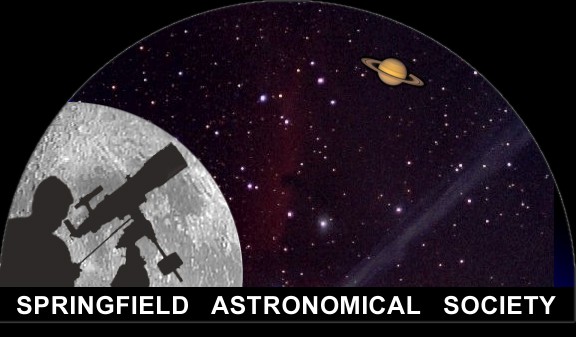12/31/2025
| Member Login: |
Club Newsletter
When winter nights are clear, one constellation
dominates the night sky. Its stars are
all bright blue, with one single exception.
It also forms the most recognized pattern in the sky after Ursa
Major. It is visible from December until
March. It is also home to both a dying
star and the birthplace of new stars.
Orion was known in ancient times as a hunter. It was mentioned in Homer's Odyssey and the Iliad. It was also mentioned in the Bible in three
different passages.
Orion is the major constellation of winter. Its
outline forms the shape of a man. The
star forming the belt on the celestial equator, making it visible worldwide. The
star on the outer edges are all bright stars. Almost all the stars in the
constellation are blueish white, the brightest and hottest of stars. 77 stars are visible with the unaided eye
within the constellation of Orion. Most of the stars in the constellation are
about the same distance from Earth.
Rigel is a bright blue star that makes up the lower
right corner. It is the second brightest
star in the constellation. Rigel is also a double star.
Betelgeuse marks the upper left boundary and is a
super red giant star. If placed in our Sun’s position, it outer gas shells
would extend past the orbit of Jupiter. It is in its last stages of its life.
When it finally goes supernova, it will be as bright as the full moon.
Below the three ‘Belt’ stars is a fuzzy patch. When view with telescopes, the patch is very
large and distinct in appearance. Called
the Orion Nebula, it is the most imaged nebula of the sky. At the heart of the Orion Nebula is a group
of faint stars. When viewed with a
telescope, four to six stars can be seen.
This group of stars is known as the Trapezium. With images taken by the Hubble Space
Telescope, protostars, or new stars are being formed. The Orion Nebula is one of the few nebulae
that color can be detected with the eye when viewed with a medium size
telescope.
Before the winter ends and the Moon is down, find some
time to go outside to explore the wonders of the constellation Orion.
